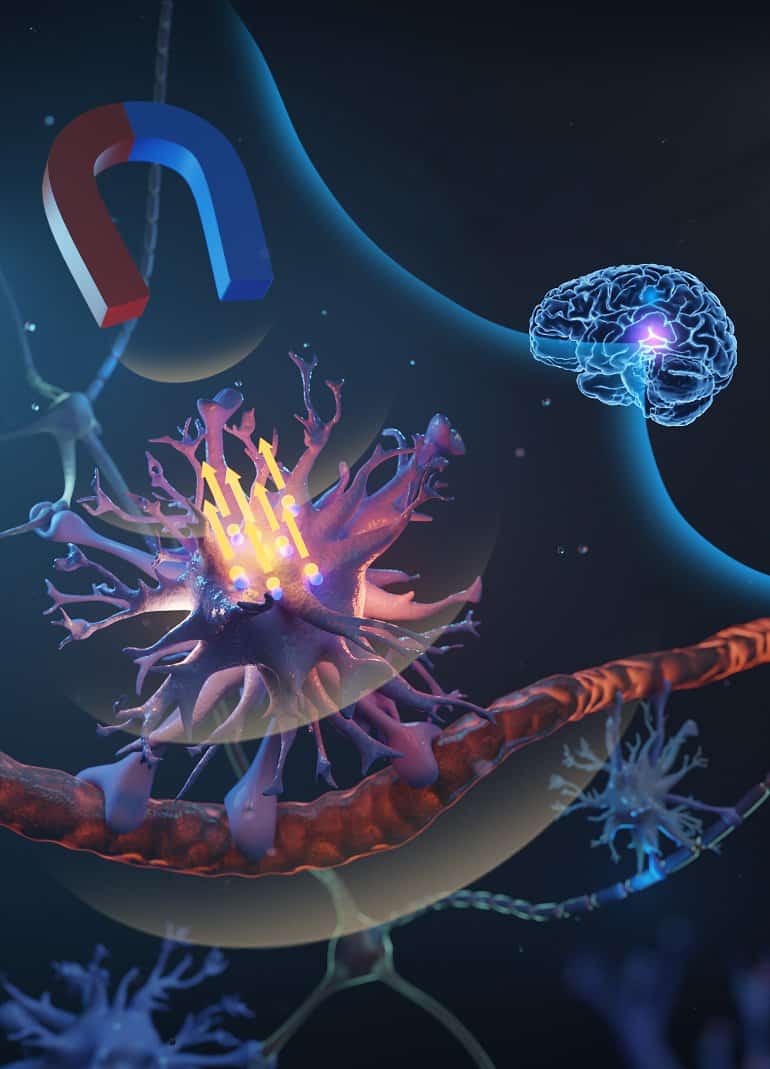Poli imagines using quantum gravity sensors to monitor groundwater or magma beneath volcanoes, or to help archaeologists uncover hidden tombs or other artifacts without having to dig them up (SN: 11/2/17). These devices could also help farmers check soil quality or help engineers inspect potential construction sites for unstable ground.
“There are many tools to measure gravity,” says Xuejian Wu, an atomic physicist at Rutgers University in Newark, N.J., who wasn’t involved in the study. Some devices measure how far gravity pulls down a mass hanging from a spring. Other tools use lasers to clock how fast an object tumbles down a vacuum chamber. But free-falling atoms, like those in quantum gravity sensors, are the most pristine, reliable test masses out there, Wu says. As a result, quantum sensors promise to be more accurate and stable in the long run than other gravity probes.









